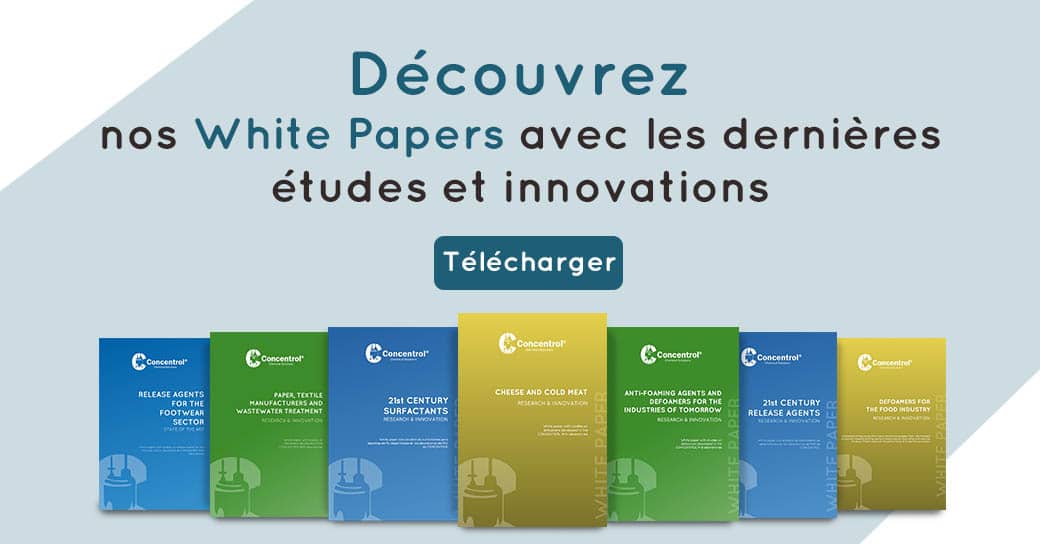Polyurethane is a widely used plastic and its applications increase day by day. Apart from its best known and valued properties – being obtainable as foam and its wide range of possible hardness, from very soft to very hard – it has the characteristic of being easily moldable. Because it is highly adhesive, mold release agents must be used to remove it from the mold.
Although in recent years polyurethane release agents have been evolving towards water-based, there are still many applications and processes in which solvent-based products are the only viable ones owing to the favourable balance of properties of use, productivity and processability.
In spite of the use of non-aggressive, hydrogenated aliphatic and / or isoparaffinic type solvents, 90% of the formulation is VOCs, which goes into the atmosphere or, at best, is burned at the outlet releasing carbon dioxide.
Co-solvent release agents, well known in the world of molded polyurethane, are water-based products in which, for technical reasons, 3 to 20% of solvents of the aforementioned type are included.
End users have, for a long time, valued products that have little or no solvent, compared to those with more. This means products with over 5% solvent are discarded, insisting on less or no solvent.
As a result of not having achieved the technical goal of a water-based product with the same benefits as a solvent base, products called hybrids, water-based and solvent-based in the same or similar proportions, began to appear on the market. Within this line, CONCENTROL has developed products called “50:50 MIX CO-SOLVENTS”, in which the solvent base formulation is maintained and, with a suitable interface, water is added to the approximate solvent-water ratio of 1:1.
With these products, a drying similar to that of Class 3 solvent-based release agents (flashpoint higher than 55 °C) is achieved, and the VOC emission is reduced by about 50%. The difficulty lies in establishing an interface that allows the water to be added into the solvent base, maintaining the active materials of the solvent phase and without affecting neither the mold release or the finishing of a part. Two components of the formulation are especially critical, the products that help the formation of foam skin and those that strengthen it to prevent tears and help the mold release.
Work was done together with CONCENTROL’s Stabilizing Silicone Department and studies were carried out to evaluate the resistance to hydrolysis and its functionality in relation to processability requirements.
The 50:50 MIX CO-SOLVENT products are in the performance confirmation stage, in customer field tests whose results are very positive so far.
Technological improvements obtained from this development:
– Demolding similar to solvent-based products.
– Finishing of the part similar to solvent-based products.
– Drying equivalent to a Class 3 product.
– Reduction of VOC by approximately 50%.
– Concentration of solvents in working atmosphere of 50% less compared to a solvent base.
– They allow surface gluing and/or adhesion of safety elements on the molded foam (e.g. seat movement sensors and heating mats).
In fact, everything seems to indicate that this is a temporary solution in those processes in which the solvent base is irreplaceable with a 100% water base or a traditional co-solvent, since, although it represents an improvement, it is really only 50% better. Therefore, we must technologically persist to achieve a 100% water base, but with a little less pressure.


